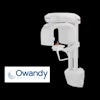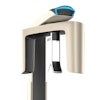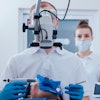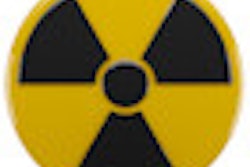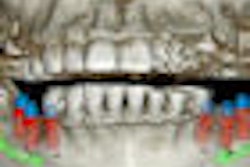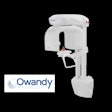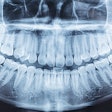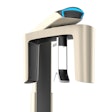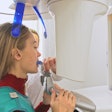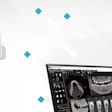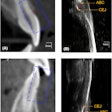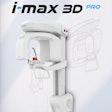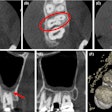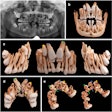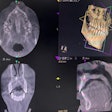When it comes to determining acceptable radiation dose, a distinction needs to be made between small-, medium-, and large-field cone-beam CT (CBCT) scanners and protocols, according to a new study in the European Journal of Radiology (December 31, 2010).
To estimate the absorbed organ dose and effective dose for a wide range of cone-beam CT scanners, researchers from Catholic University of Leuven in Belgium compared measurements from 14 devices: 3D Accuitomo 170, Galileos Comfort, i-CAT Next Generation, Iluma Elite, Kodak 9000 3D, Kodak 9500, NewTom VG, NewTom VGi, Pax-Uni3D, Picasso Trio, ProMax 3D, Scanora 3D, SkyView, and Veraviewepocs 3D.
Two anthropomorphic phantoms were loaded with laser-induced fluorescence (LiF) detectors and evenly distributed throughout the head and neck, covering all radiosensitive organs. Effective dose was calculated using the International Commission on Radiological Protection (ICRP) 103 (2007) tissue weighting factors.
The researchers found that effective dose ranged between 19 and 368 μSv. The largest contributions to the effective dose were from the remainder tissues (37%), salivary glands (24%), and thyroid gland (21%). For all organs, there was a wide range of measured values due to differences in exposure factors, diameter and height of the primary beam, and positioning of the beam relative to the radiosensitive organs.
"A distinction is needed between small-, medium-, and large-field CBCT scanners and protocols, as they are applied to different indication groups, the dose received being strongly related to field size," the researchers wrote. "Furthermore, the dose should always be considered relative to technical and diagnostic image quality, seeing that image quality requirements also differ for patient groups."
Copyright © 2011 DrBicuspid.com
